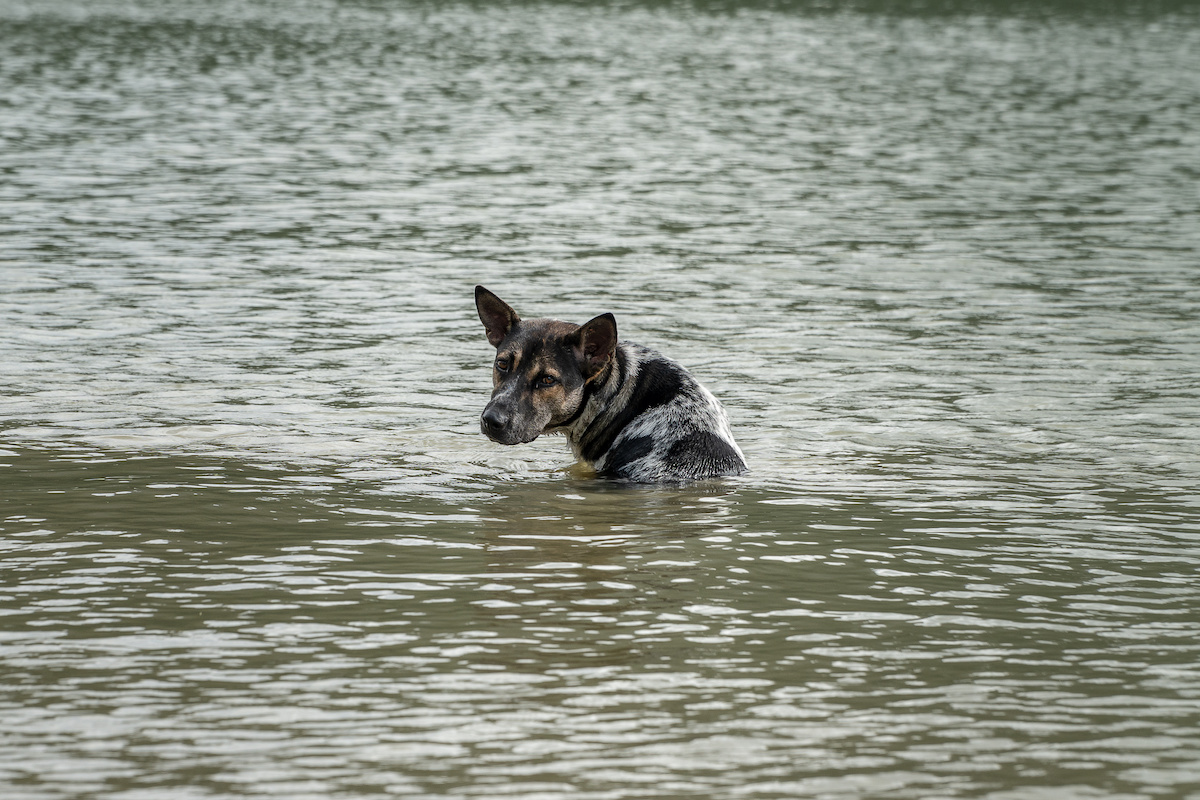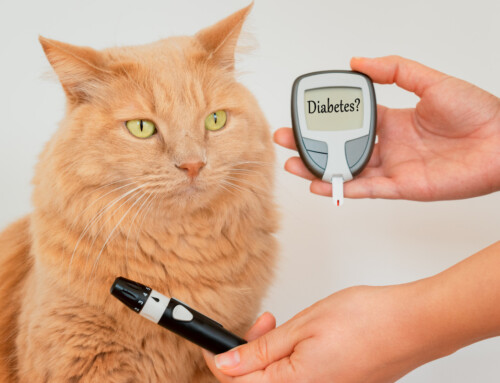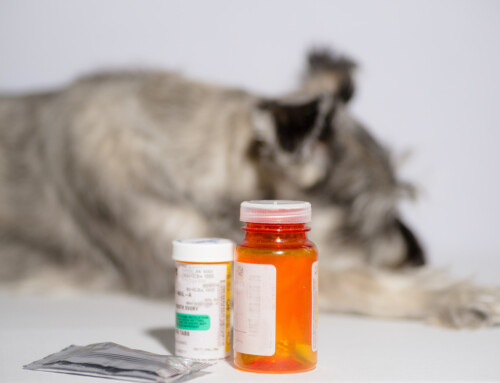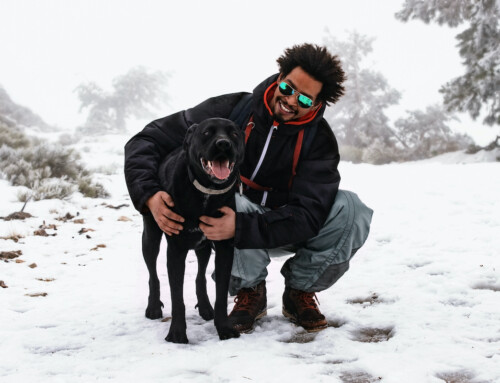Hurricane season in Florida starts June 1st and goes through November 30th. While summer break can be fun, it is often paired with the occasional fear of a severe storm and the impact it can have. As we enter hurricane season, we recognize the importance of preparing ourselves in the case of a hurricane with supplies for the house and evacuations. But what about our pets? What can we do to prepare them for this time of year? Pets often get the short end of the stick during a natural disaster. Oftentimes, they are separated from their families or left for dead. Be sure to prepare your pet for hurricane season and any possible outcome.
1. Before the storm, plan a pet-friendly evacuation route.
When severe hurricanes approach Florida, sometimes the safest option is to retreat. Unfortunately, it is a common complaint of pet owners that they are turned away from shelters because they have a pet with them. Additionally, long car rides can be very difficult if you are transporting your pets with you. Prior to an evacuation or severe storm, it is important to find out what shelters allow pets. Call your local and county officials to find out where you are allowed. It is best to know far in advance, in case other arrangements must be made.
2. Get your pet used to a pet carrier.
During an evacuation or severe weather, a pet carrier can prove to be one of the most important things for your pet. Especially for small cats and dogs. It is important to get your pet acquainted and comfortable with the carrier prior. You do not want the first time you use the carrier to be in an emergency situation. For many shelters, carriers are required and provide a nervous pet with a safe space during the stressful time. It is important to label the pet carrier with your pet’s age and breed information, as well as your contact information. In the case of an emergency or your separation, this is important.
3.Microchip your pets.
In the case you are separated from your pet during a severe storm or evacuation, a microchip can make a big difference. Important information about them, medical conditions, and contact information for you can be stored on these chips. It is important to constantly update and maintain the information stored on the chips. This information is important for the well being and reuniting of your pet with you. Unlike a collar or a tag, microchips can’t be lost or separated from the pet. Ask our clinicians about microchipping your pet if you have not already done so.
4. Pack an emergency-care kit for your pet.
Rule of thumb when packing for your pet in the case of an emergency is 14 days worth of food, water, and medications (if any). This should be included with your pet’s essentials. Storing these in the house in airtight containers can prevent any water or pest damage to them. It also makes them easily transported in the case of an evacuation. Other important things to include in the emergency care kit include:
- Food dishes and water bowls
- Medical records and proof of vaccination
- Puppy pads
- Pet first aid kit
- Id tags on harness and collar
- Comfort items: bed, leash, toys, treats, towels, blankets
- Food, water, medication
- Pet carrier
5. Choose a designated caregiver.
In case you are unable to care for your pets following a major storm, you should have a plan in place. This plan should prepare your pet in case you are no longer able to take care of them. Talk to your friends and family about, regardless of their proximity to you, to establish a hurricane emergency plan for your pet.
At Main St. Veterinary, we understand that hurricane preparation can be stressful and scary, but it is also very important. If you have any questions, we are more than happy to help. Our clinicians can assist you with getting a microchip or making sure your emergency-care kit is complete. Having all their vaccinations and medical history is also important. Call or contact Main St. Veterinary today.








